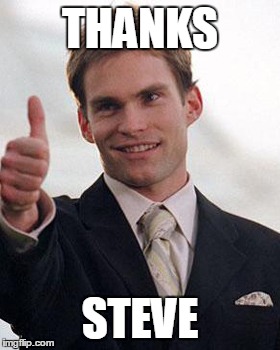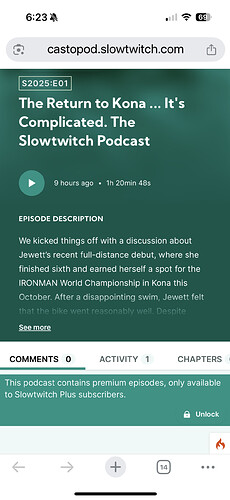Originally published at: The Return to Kona … It’s Complicated. The Slowtwitch Podcast - Slowtwitch News
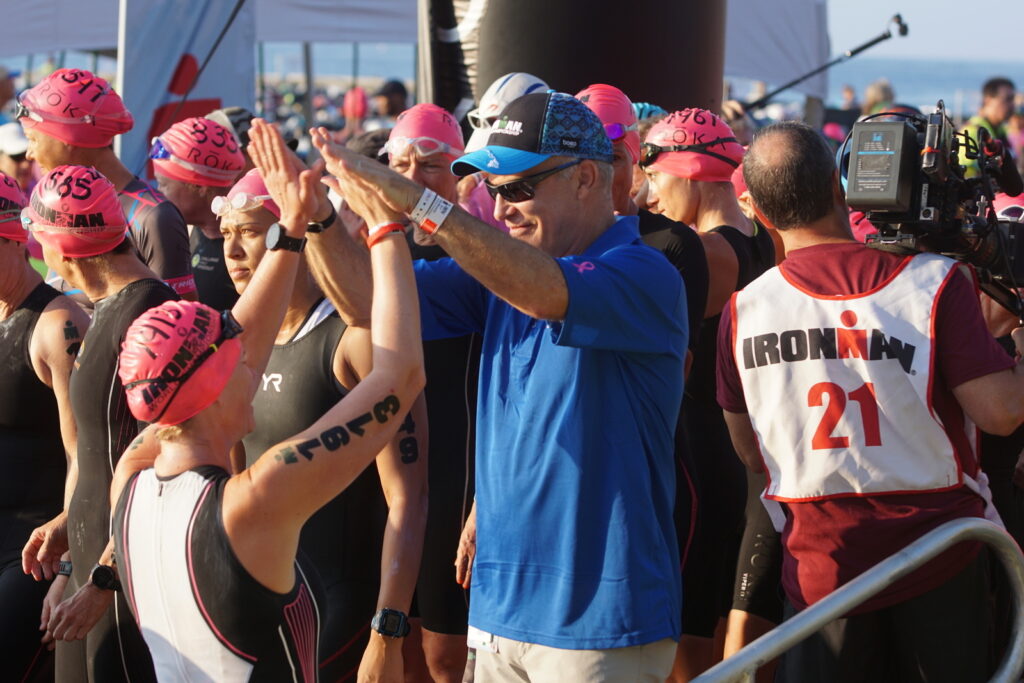
Former IRONMAN CEO Andrew Messick celebrates with an athlete just before the start of the 2022 race in Kona. Photo: Kevin Mackinnon
The Slowtwitch Podcast is back! And there’s nothing like getting the 2025 season off and rolling with a spirited discussion. This week we cover the big news that the IRONMAN World Championship will be returning as a one-day event on the Big Island starting in 2026. Slowtwitch’s Eric Wynn and Kevin Mackinnon were joined by pro triathlete Tamara Jewett and Pro Tri News’ Kyle Glass for this weekend’s podcast, which you can listen to here.
Jewett’s IRONMAN debut
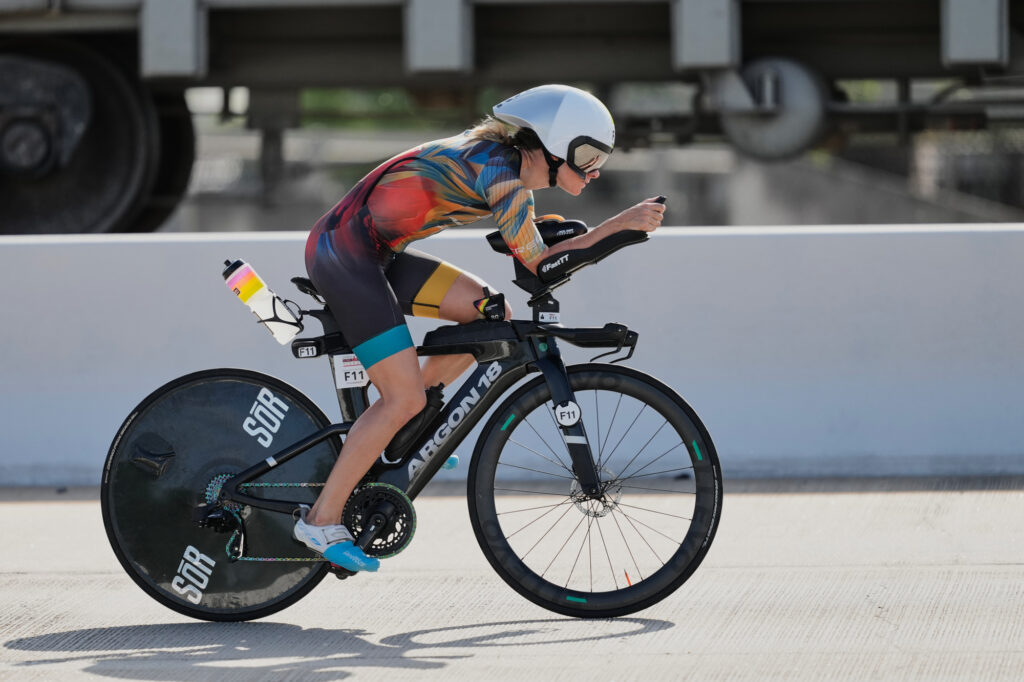
We kicked things off with a discussion about Jewett’s recent full-distance debut, where she finished sixth and earned herself a spot for the IRONMAN World Championship in Kona this October. After a disappointing swim, Jewett felt that the bike went reasonably well. Despite running the day’s second fastest pro women’s marathon split (2:57:02), Jewett felt that she was a bit conservative on the run and is looking forward to pushing the pace a bit earlier in her next full-distance race in Lake Placid in July. That said, the former running star was overall very pleased with the result and the Kona qualification.
Kona Qualifying
We’ve done extensive reporting on the news that the IRONMAN World Championship would be returning to Kona, starting with the story below.
There’s little argument from athletes and all four of our podcast participants that the move makes sense and is what IRONMAN athletes want. The discussion in the podcast on this topic centered on the qualifying process and the breakdown of men and women competing. IRONMAN has announced that the qualification for Kona will be “mostly proportionate.” Slots would be allotted based on the number of people in each age category, but there would be a higher proportion of women competing in Kona through “programmatic initiatives” including the Legacy and Women For Tri programs. What that means is that while women make up 18% of the typical IRONMAN field, it is likely that at least 30% of the field would be women.
Not Your Typical World Championship
There’s often a false-equivalency when it comes to talking about the IRONMAN World Championship. Critics of IRONMAN’s proposed proportional qualifying process often say that other sports don’t follow that process. For me it’s important to remember that ours is not like other sports. (Yes, there was a triathlon in San Diego in 1974, but what put the sport on the map was IRONMAN. The one race eventually grew into a large endurance event company, which dominates much of the sport as we know it.) World Athletics doesn’t put on a world championship event for age group athletes. Neither does the UCI. They’re focussed on elite or pro athletes. World Triathlon puts on a number of world championship events for age groupers (including a long-distance world championship), and there’s equal opportunity for men and women to qualify there, but those world championship races aren’t nearly as popular, or renowned, as the race in Kona.
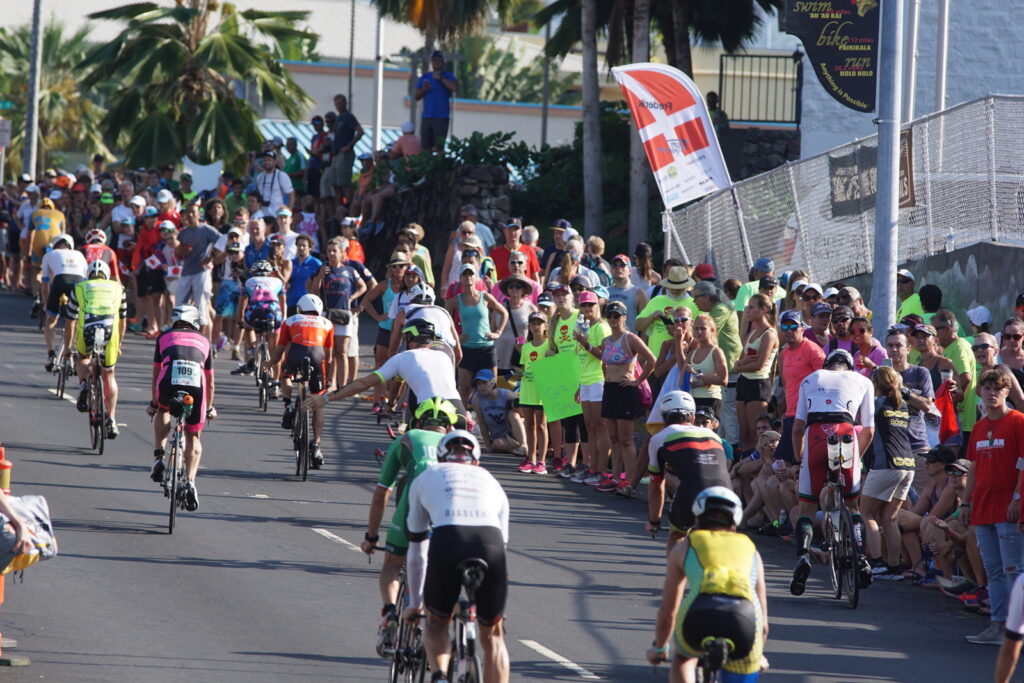
Some Options?
During our pre-podcast discussions with Jewett, I had floated a suggestion – what if the top three men and women in each age group earned qualifying slots for Kona? Kyle Glass suggested exactly the same concept. It’s an idea we explore during the podcast. Would such an approach fill the race? How is that going to sit with men who might find themselves in an age category with 140 competitors in it (IRONMAN Texas, men’s 35-39 – there were four less in men’s 40-44) when the largest women’s category at the same race (40-44) had 77. And that’s at an event in North America, where there are typically a higher number of women’s competitors.
Proportionality, Field Strength and Being “Fair”
Jewett points out that critics of the proportionality argument will say that it doesn’t matter how many people are in an age group – the question is whether or not the people who should be getting to the world championship are qualifying. There’s data, Jewett says, that shows that when you look at how close the top athletes are in various age categories, the differences aren’t that great. She also notes that there is something to be learned from other sports, which have used various measures to improve women’s participation.
Jumping the Gun
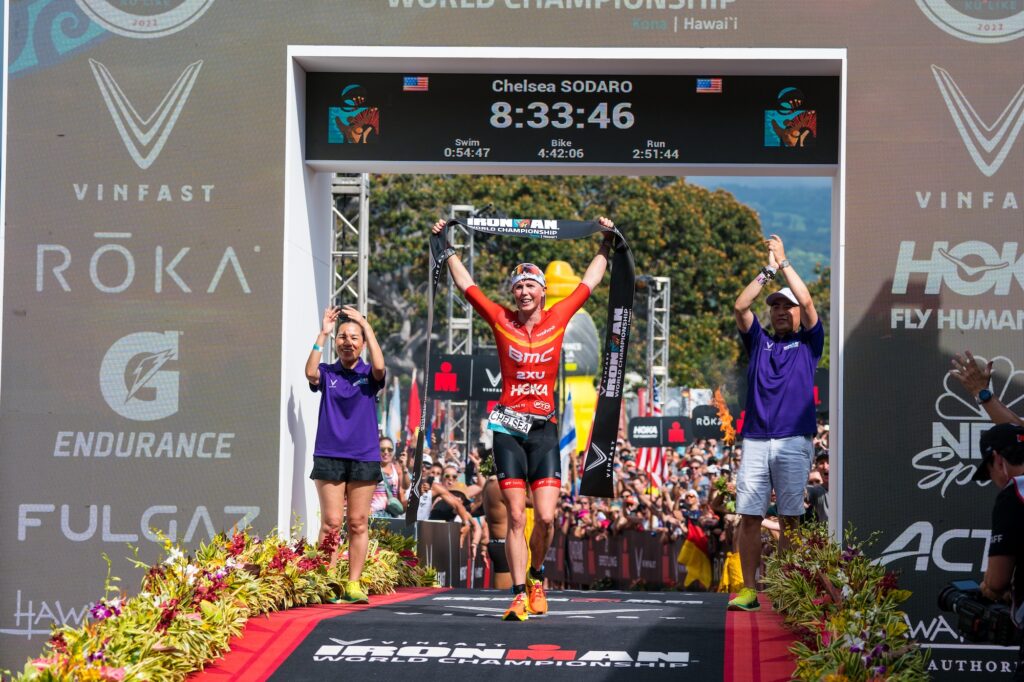
Did IRONMAN try to create a women’s only world championship too soon? That’s what Wynn suspects, pointing out that ever since IRONMAN has hosted a women’s only race-day for the full-distance world championship, the numbers have been decreasing. In 2022 there were 1,324 women who raced on the Thursday (along with roughly 1,000 men) in a field that included a number of deferrals from previous years. There were roughly 2,000 women in Kona in 2023, thanks to generous qualifying opportunities. Last year, in Nice, there were roughly 1,250 women who started.
All of this is covered in much more detail, of course, in the podcast, but what became abundantly clear is that there’s lots more to follow up on, too, including a deeper dive into how we can get more women taking part at IRONMAN races. Stay tuned for more from Slowtwitch on this and many other topics.
Enjoy the Podcast here
